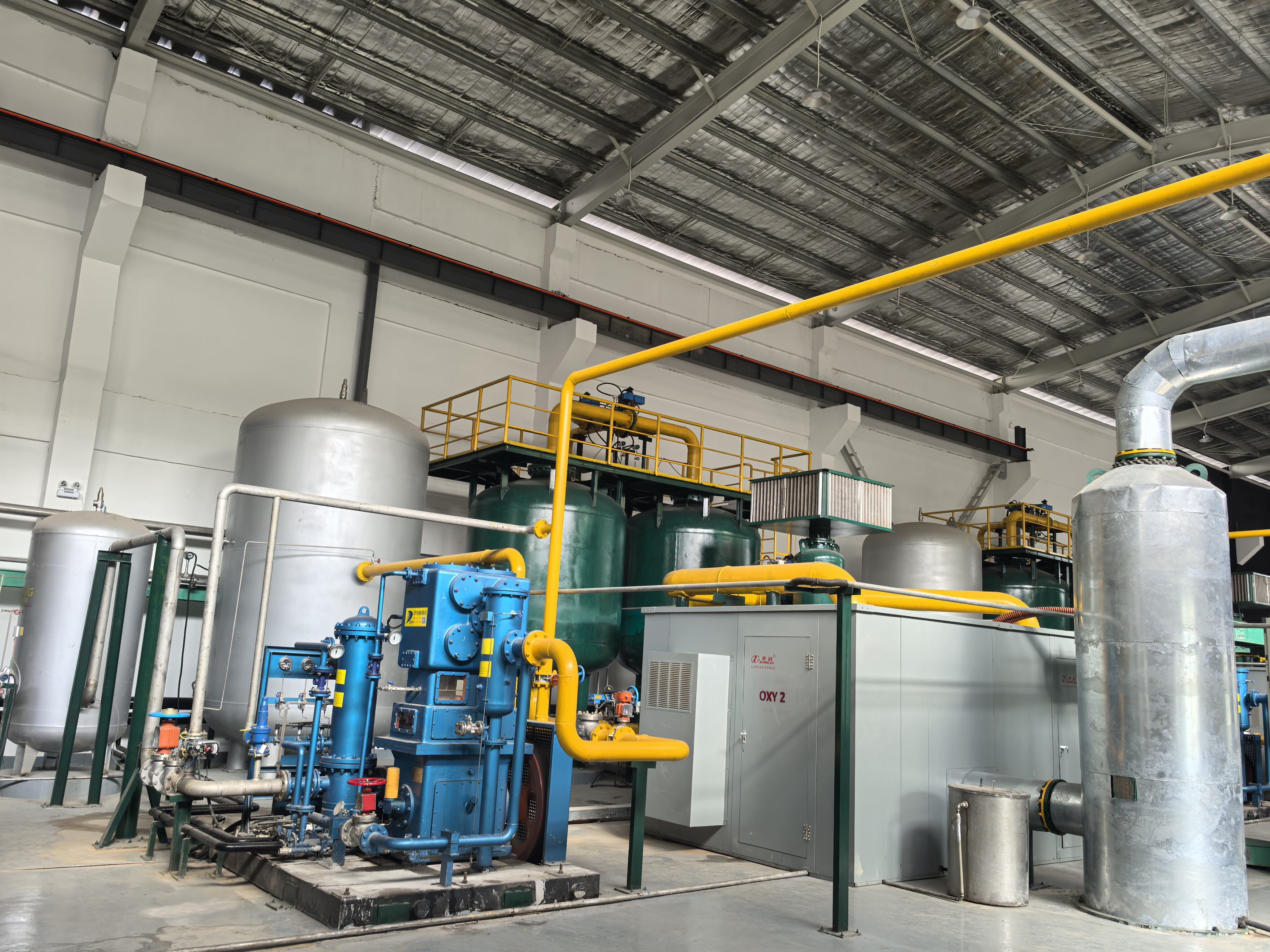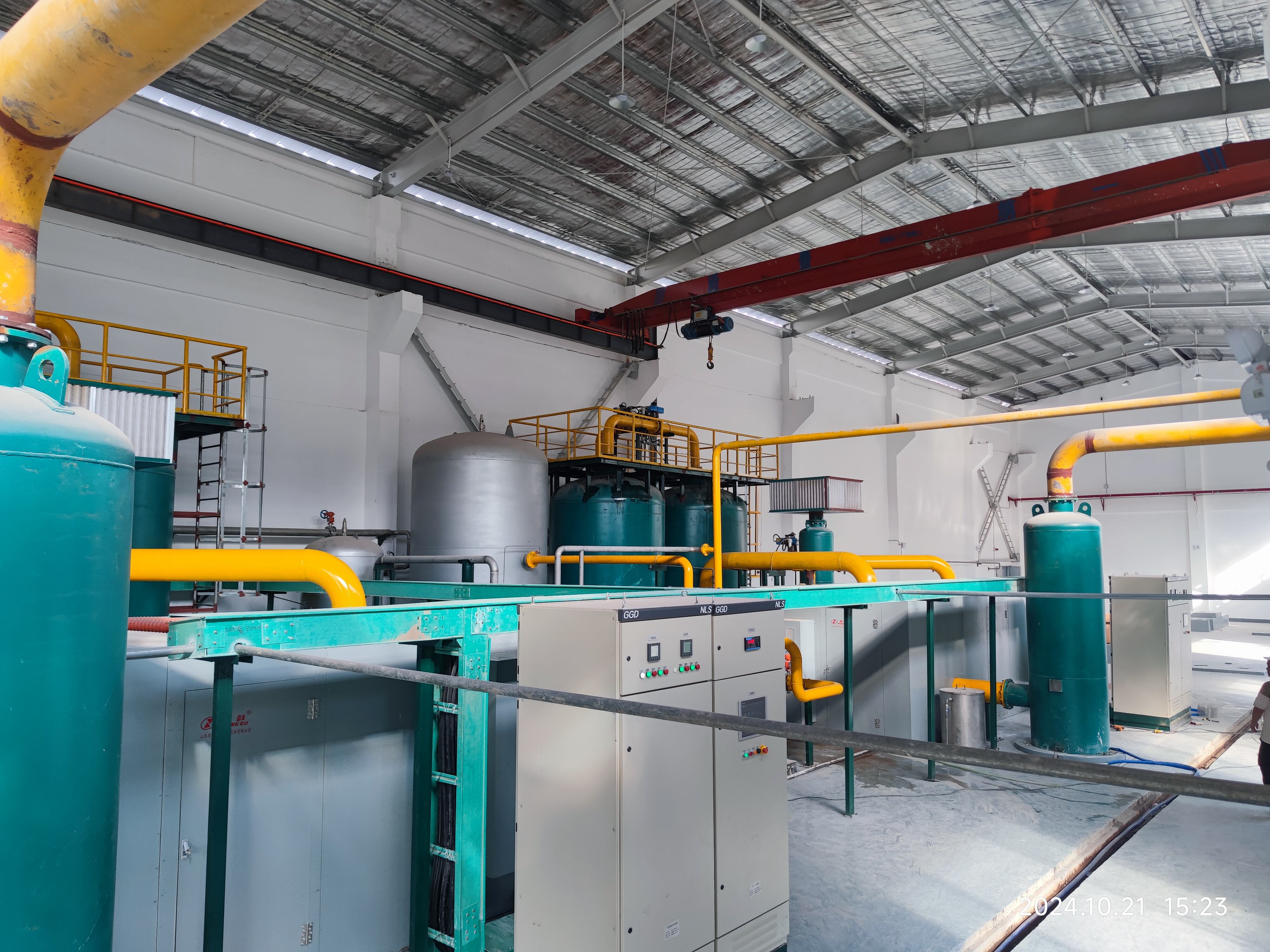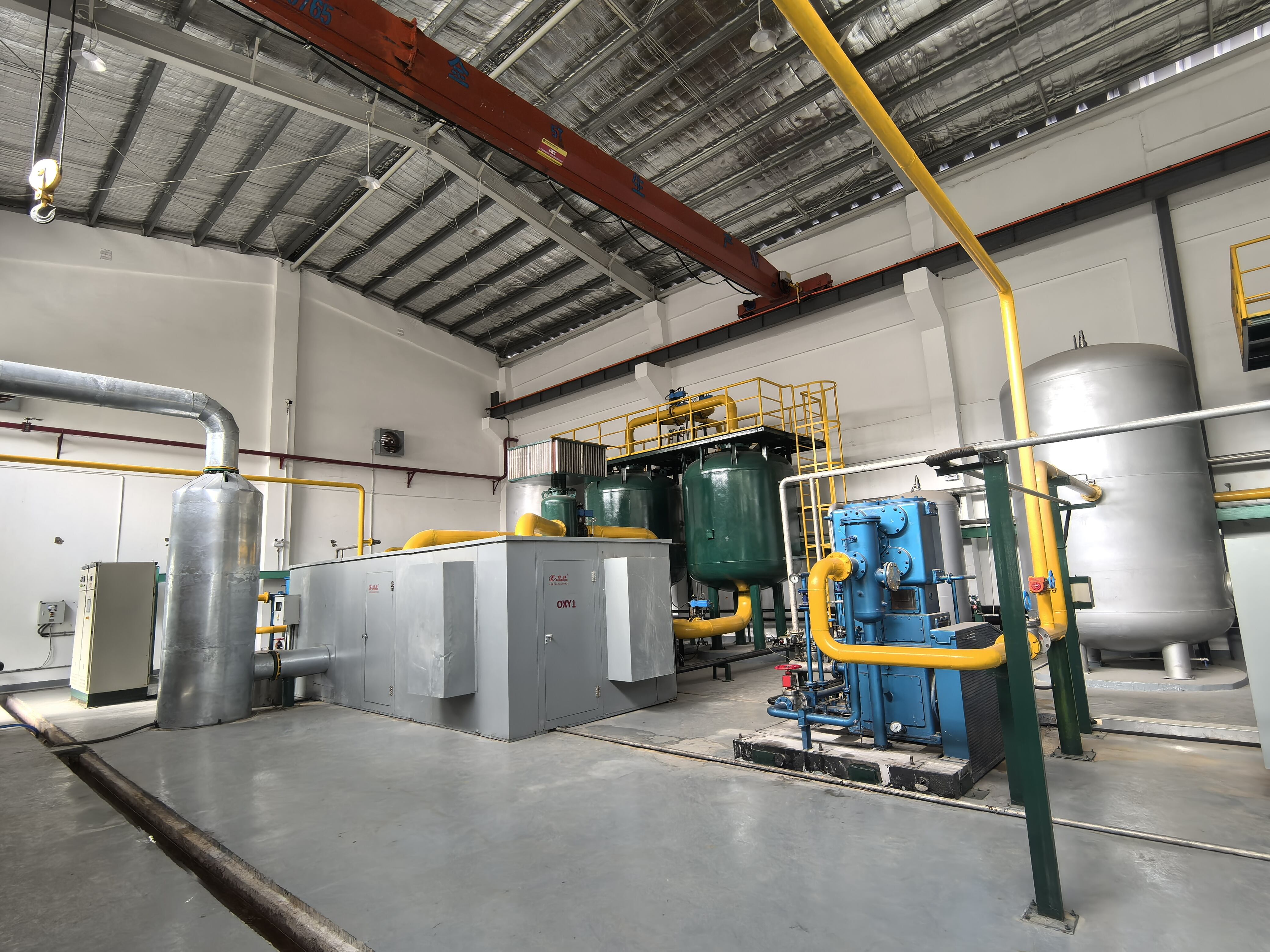nhà máy phân tách khí psa
Một nhà máy phân tách khí PSA (Pressure Swing Adsorption) là một cơ sở công nghiệp tiên tiến được thiết kế để phân tách và làm sạch hỗn hợp khí thông qua quy trình hấp phụ phức tạp. Công nghệ này hoạt động bằng cách tận dụng các đặc điểm phân tử khác nhau của khí, cho phép phân tách chọn lọc dưới các điều kiện áp suất khác nhau. Nhà máy bao gồm nhiều bình hấp phụ chứa sàng phân tử hoặc than hoạt tính, chúng giữ lại các phân tử khí cụ thể trong khi cho các loại khác đi qua. Quy trình luân phiên giữa giai đoạn hấp phụ áp suất cao và giai đoạn giải hấp áp suất thấp, cho phép phân tách khí liên tục. Các nhà máy này đặc biệt hiệu quả trong việc sản xuất nitơ, oxy, hydro và các khí công nghiệp khác có độ tinh khiết cao. Hệ thống tự động hóa đảm bảo kiểm soát chính xác về áp suất, nhiệt độ và lưu lượng, duy trì chất lượng đầu ra ổn định. Nhà máy PSA hiện đại tích hợp hệ thống thu hồi năng lượng và điều khiển thông minh, tối đa hóa hiệu quả vận hành đồng thời giảm thiểu tiêu thụ năng lượng. Chúng phục vụ nhiều ngành công nghiệp khác nhau, bao gồm y tế, sản xuất hóa chất, chế biến thực phẩm và điện tử, cung cấp nguồn khí cần thiết cho các quy trình quan trọng. Thiết kế mô-đun cho phép mở rộng và bảo trì dễ dàng, trong khi các hệ thống giám sát tiên tiến đảm bảo hoạt động đáng tin cậy và sự nhất quán về chất lượng sản phẩm.


